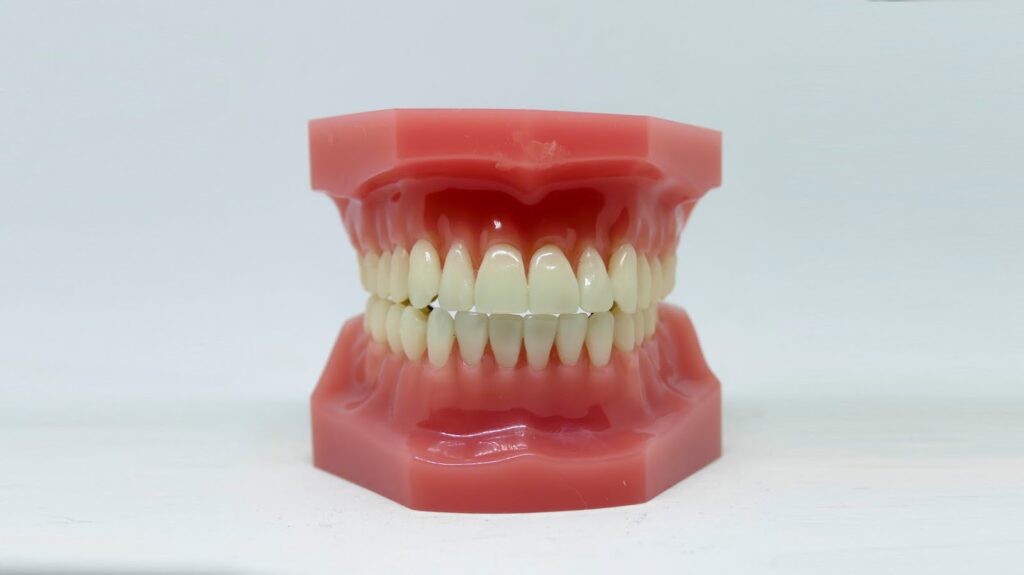An Orthodontic Tooth Positioner is not used for Which Purpose?
Are you tired of living with misaligned teeth? Looking for a solution that doesn’t involve traditional braces? Well, you’re in luck! In this article, I’ll be diving into the world of orthodontic tooth positioners – a revolutionary alternative to braces that can help you achieve a straighter smile without the hassle.
Orthodontic tooth positioners are custom-made appliances designed to gradually move your teeth into their desired positions. They are discreet, comfortable, and can be easily removed for eating and oral hygiene routines. Whether you have crowded teeth, gaps, or an overbite, these positioners can effectively correct a wide range of orthodontic issues.
So, if you’re curious about how orthodontic tooth positioners work, their benefits, and whether they are the right choice for you, keep reading! We’ll explore all the key aspects of this innovative orthodontic treatment and help you make an informed decision about your dental health.
What is an Orthodontic Tooth Positioner
Definition
An orthodontic tooth positioner is a custom-made dental appliance that is used to gradually shift teeth into their desired positions. It is a popular alternative to traditional braces for correcting various orthodontic issues such as crowded teeth, gaps, and overbites.
Purpose
The primary purpose of an orthodontic tooth positioner is to improve the alignment and overall appearance of your teeth. These positioners are designed to apply gentle and controlled forces on your teeth, helping to shift them into the desired positions over time.
Unlike traditional braces, orthodontic tooth positioners are often made from clear or transparent materials, making them extremely discreet. This means that you can confidently wear them without feeling self-conscious about the appearance of your smile.
Furthermore, one of the key advantages of orthodontic tooth positioners is their removability. While traditional braces are fixed onto your teeth for the duration of the treatment, tooth positioners can be easily removed for activities such as eating, brushing, and flossing. This not only makes these positioners more convenient, but also allows for better oral hygiene during treatment.
In the following sections, I’ll delve deeper into how orthodontic tooth positioners work and discuss the benefits they offer over traditional braces. But first, let’s take a closer look at the mechanics behind these innovative dental appliances.
How Does an Orthodontic Tooth Positioner Work
Design and Structure
Orthodontic tooth positioners are custom-made appliances that are specifically designed to gradually move misaligned teeth into their desired positions. These positioners are typically made of clear, flexible plastic material that fits snugly over the teeth and gums. The design and structure of the positioner are crucial for its effectiveness in reshaping the teeth and improving their alignment.
The positioner is created using advanced digital technology, such as 3D scanning and printing, to ensure a precise fit and optimal treatment outcomes. After the orthodontist takes an impression of the patient’s teeth, a digital model is generated, allowing the positioner to be custom-made based on the specific needs of the individual. This personalized approach ensures that the positioner exerts controlled and gentle forces on the teeth, gradually moving them into the desired positions.
Mechanics of Action
The mechanics of how an orthodontic tooth positioner works are quite fascinating. The positioner applies consistent pressure and tension to the teeth, which helps to reposition them gradually over time. This controlled force stimulates the surrounding periodontal ligaments and bone, leading to bone remodeling and tooth movement.
When a patient wears an orthodontic tooth positioner, they typically progress through a series of positioners over the course of their treatment. Each positioner in the series is slightly different, with slight alterations in shape and position, which allows for progressive tooth movement. As the patient advances to the next positioner in the series, their teeth are guided closer to their desired positions.
The positioner should be worn for the recommended amount of time each day, typically around 20-22 hours, to ensure optimal results. It is important to follow the orthodontist’s instructions regarding wear time and care for the positioner to maximize its effectiveness. Regular check-ups with the orthodontist will also be necessary to monitor progress and make any necessary adjustments to the treatment plan.
By understanding the design, structure, and mechanics of an orthodontic tooth positioner, one can appreciate how this modern orthodontic appliance can effectively and discreetly straighten misaligned teeth.
Next, I will delve into the benefits of orthodontic tooth positioners over traditional braces.
Benefits of Using an Orthodontic Tooth Positioner
Using an orthodontic tooth positioner offers a range of benefits for those seeking to correct misaligned teeth. These custom-made appliances are designed to provide a discreet and comfortable alternative to traditional braces.
One of the primary advantages of orthodontic tooth positioners is their clear, flexible plastic material. This means that they are virtually invisible when worn, allowing individuals to go about their daily lives without feeling self-conscious about their orthodontic treatment.
Additionally, the consistent pressure and tension applied by the positioners help gradually move misaligned teeth into their desired positions. This gentle and controlled movement minimizes discomfort and allows for a more comfortable orthodontic experience overall.


